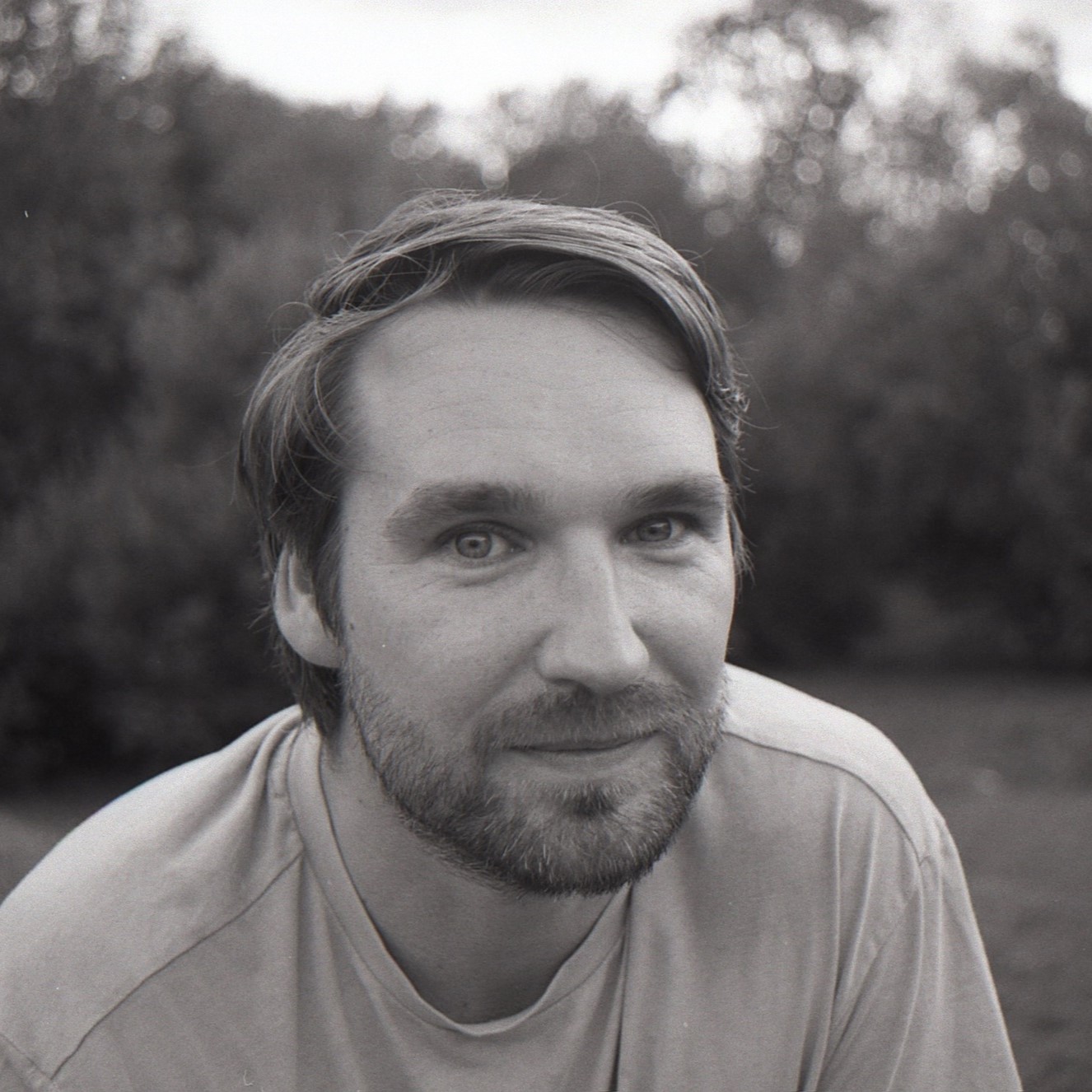The Articulatory Properties of Children’s Acquisition of Estonian Palatalisation
Project overview
Most of the research about the coordination of different parts of articulators deals with adult speakers from West-European languages. When we want to refine the linguistic theory and understand how and why adults speak the way they do, we need to look at how language is acquired in the first place. There is currently very little knowledge about the process by which children gain motor control over their vocal tract and how they refine the coordination of multiple parts of the tongue as they get older. Using ultrasound tongue imaging, we investigate how children of different ages produce palatalised consonants in Estonian.
When children first learn to speak, they have to learn a set of movements specific to their native language. With time, these gestures go from simpler to more complex, and the speech gets faster and more fluent. The reasons for this are developmental and physiological. The rate of tongue growth in children does not stabilise until 5–6 years, but the shape and size of the oral cavity mainly stabilise earlier, between 2–3 years (Vorperian et al., 2005). This indicates that sounds requiring multiple lingual constrictions could be physiologically challenging for children younger than 6 years (Abakarova et al., 2022:3279; Lin & Demuth, 2015:14) and that the timing of such gestures is refined with age (Howson & Redford, 2021).
In palatalised consonants, the primary place of articulation on the alveoli is accompanied by a secondary place of articulation on the hard palate (Bateman, 2011; Malmi, 2022). With palatalisation, the body of the tongue is fronted and raised, and the tongue is constricted at two points in the oral cavity. Such consonants require the near-simultaneous coordination of multiple parts of the tongue and are presumably harder to acquire for children than for adults. The mapping of the acquisition of palatalisation will give us a better understanding of how children learn to control and coordinate their vocal tract with age.
Conferences and talks
- Lancaster University (March 11, 2025, Lancaster, UK)
- Fonetik 2025 (May 21-23, 2025, Växjö, Sweden)
- The 46th International Child Phonology Conference (May 28-20, 2025, Budapest, Hungary),
- University College London (June 5, 2025, London, UK) and MEDAL conference (October 9-10, Tartu, Estonia)
OSF repository
https://osf.io/vs846/
Collaborators:
- Anton Malmi - Project lead
- Claire Nance – Project supervisor
